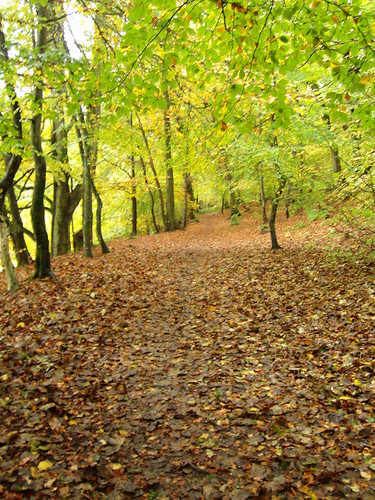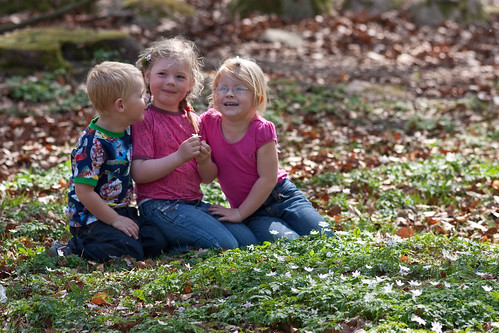Everybody needs beauty as well as bread, places to play in and pray in, where nature may heal and give strength to body and soul. - John Muir

In a
review of how nature can be good for you, Howard Frumkin cites Oliver Sacks’ description of going outside for the first time after a serious leg injury:
This was a great joy—to be out in the air—for I had not been outside in almost a month. A pure and intense joy, a blessing, to feel the sun on my face and the wind in my hair, to hear birds, to see, touch, and fondle the living plants. Some essential connection and communion with nature was re-established after the horrible isolation and alienation I had known. Some part of me came alive, when I was taken to the garden, which had been starved, and died, perhaps without my knowing it.
-- from A Leg to Stand On
Sacks credited this garden as an important factor in his recovery. The idea that contact with nature is physically and mentally good for you is intuitively true to many people, but scientists are starting to try to actually gather evidence to bolster the case for nature. Consider these studies that Louv cites in
Last Child in the Woods: Saving Our Children from Nature-Deficit Disorder
:
- People in hospital rooms a natural view recover faster than those with a view of buildings (Ulrich, 1984).
- People in jail cells with a view of nature go to the clinic less often for health problems (Moore, 1981-2).

- Kids with more nature near their homes do better on measures of stress and self worth, especially during stressful times (Wells & Evans, 2003; see their lit review for many other benefits of nature).
- Kids with attention deficit disorder (ADD) do better in an environment with greenery: after play in natural, green settings, they are more able to concentrate and focus than when they play in non-green settings, even outdoors. (Faber Taylor et al., 2001)
The authors of the ADD study make the following recommendations. But it seems to me they don't just apply to kids with ADD -- they should be good for all of us:
- Encourage children to play outdoors in green spaces, and advocate recess in green schoolyards.
- Plant and care for trees and vegetation at your residence, or encourage the owner to do so.
- Value and care for the trees in your community. Caring for trees means caring for people.
Or, as Louv puts it: "time in nature is not leisure time; it's an essential investment in our children's health (and also, by the way, in our own)."
 In a review of how nature can be good for you, Howard Frumkin cites Oliver Sacks’ description of going outside for the first time after a serious leg injury:
In a review of how nature can be good for you, Howard Frumkin cites Oliver Sacks’ description of going outside for the first time after a serious leg injury:


